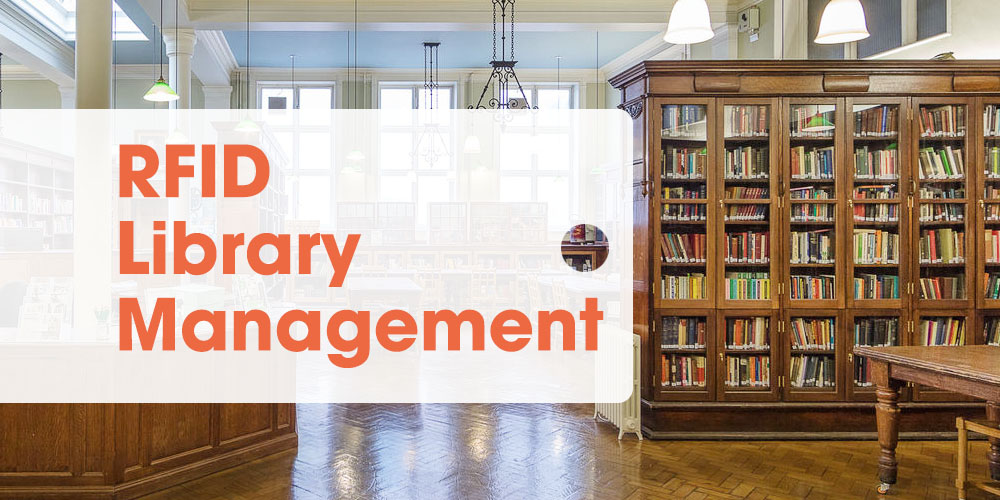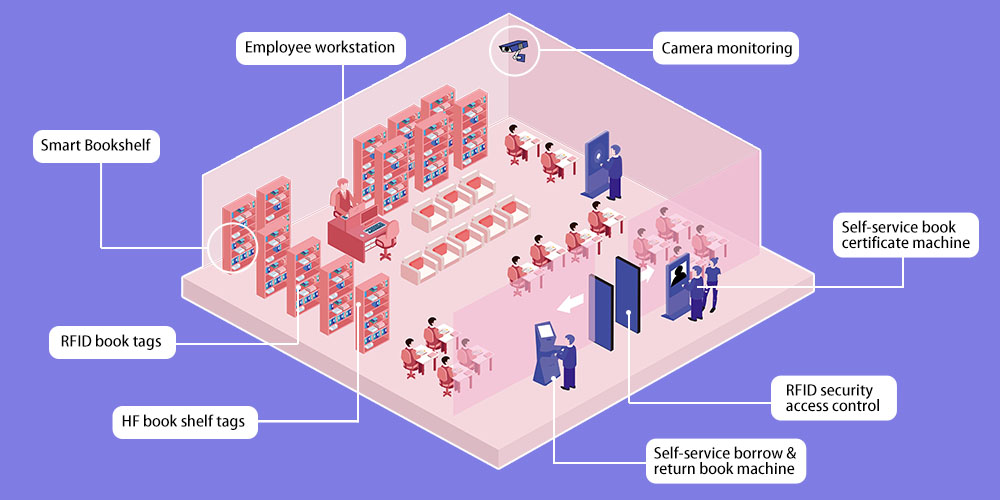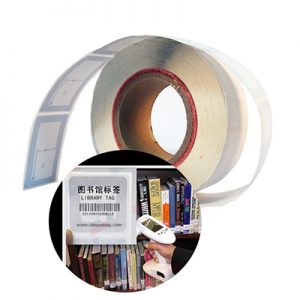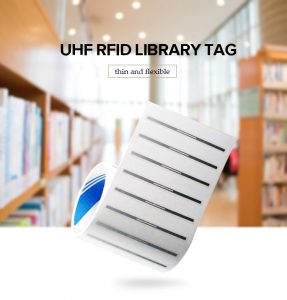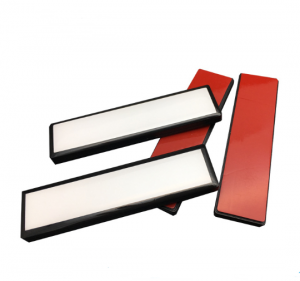How RFID Library Management Systems Optimizes Workflows?
One of the most disciplined and silent places to seek knowledge is a library. Library administration is critical for delivering various resources and services in an orderly and secure manner to fulfill specific needs.
To relieve librarians’ agony, preserve the value of books, and track materials throughout the day, an RFID solution for library management was developed. A library management system (LMS) that uses automatic identification and data capture technology to improve asset protection is a digital progression of barcodes and replacing them with RFID for library administration.
Benefits of RFID library management for customers and library employees
The major responsibility of the library is to manage the loan of books. As a result, the librarian’s primary responsibilities include borrowing and returning books, placing books on shelves, and conducting inventory checks on the books.
The use of RFID in library management can help to simplify the tasks described above while also improving the quality of library services.
Keeping Staff Duties to a Minimum
Staff duties at the counter are reduced by tagging books and reading them immediately and multiple ones at one go. Additionally, the time it takes to process the stock collection of library books will be lessened because librarians will merely scan them with the reader as they walk down the halls.
Recognized Reliability
The RFID mechanism can achieve 100% detection rates by precisely positioning RFID readers and tags. RFID tags and sensors deployed in the library environment assist librarians in detecting burglars and stolen books. This allows them to see which materials are being taken out of the library and responsible for them.
Waiting times are being cut down.
Libraries that use RFID technology reduce not only staff workload but also reader wait times. It ensures that every book is returned to its proper location after reading and minimizes waiting time, allowing other library users to use the facility.
Inventory management at high speed
RFID Library management devices have the unique ability to scan books on shelves without having to tilt them out or remove them. To scan all of the unique identifying information on a shelf of books, a hand-held inventory reader can quickly move across the shelf. Not only may wireless technology be used to update inventory, but it may also be used to identify goods that are out of order.
Choosing the best RFID for the library
For this purpose, the ICODE SLIX IC chip (SL2S2602), the newest member of the ICODE SLIX family, provides enhanced performance, a larger user memory size, and other notable features such as contactless energy and data transfer, processing without a battery, and providing the longest read range especially in comparison to any passive RFID tags based on the HF band.
Goodwin RFID library labels make use of the most up-to-date chip technology. These RFID library labels can be placed inside or on top of books, increasing the efficiency of identifying, locating, sorting, and registering items in libraries. It has consistent performance and is widely utilized in library systems worldwide; the chip’s memory capacity and data retention are regarded to be among the best for library management.
And the solutions don’t end there.
Goodwin UHF RFID Bookshelf Tag is developed for automatic data collection in library applications such as school, public, academic, business, and other specific applications, taking RFID technology one step further. RFID bookshelf tag with strong VHB 3M adhesive that can be stuck to a library’s bookshelf with a lifetime- the usage of more than 100,000 times
RFID Library Management System Success Story
Case #1: Every book in King George V School’s library — over 20,000 of them – has a label on it. Even though this label appears to be regular, it contains a radio-frequency identification (RFID) tag.
RFID labels can be customized to meet our school’s specific requirements. Because each label has a unique barcode and the school emblem, no additional processing is necessary when the RFID tag is installed. The three-book borrowing machines in the Learning Resource Center (LRC) can function without a barcode scanner thanks to RFID technology, allowing sensors to detect and recognize tags from a distance.
Case #2: Bibliotheca RFID Library Systems, a Swiss firm specializing in RFID management systems for libraries, has created many case studies. Scottsdale Public Library case was one of them. It wanted to improve its technology to serve its one million customers better and provide a modern library experience. To take advantage of all the benefits RFID has to give, the library switched its collection to RFID and installed a new automated materials handler (AMH), self-checkout kiosks, and security checkpoints.
As a result, items are being restocked at a higher rate than ever before. The new self-checks are popular with customers, and the efficiencies obtained through technology allow staff to focus on programming.
.

